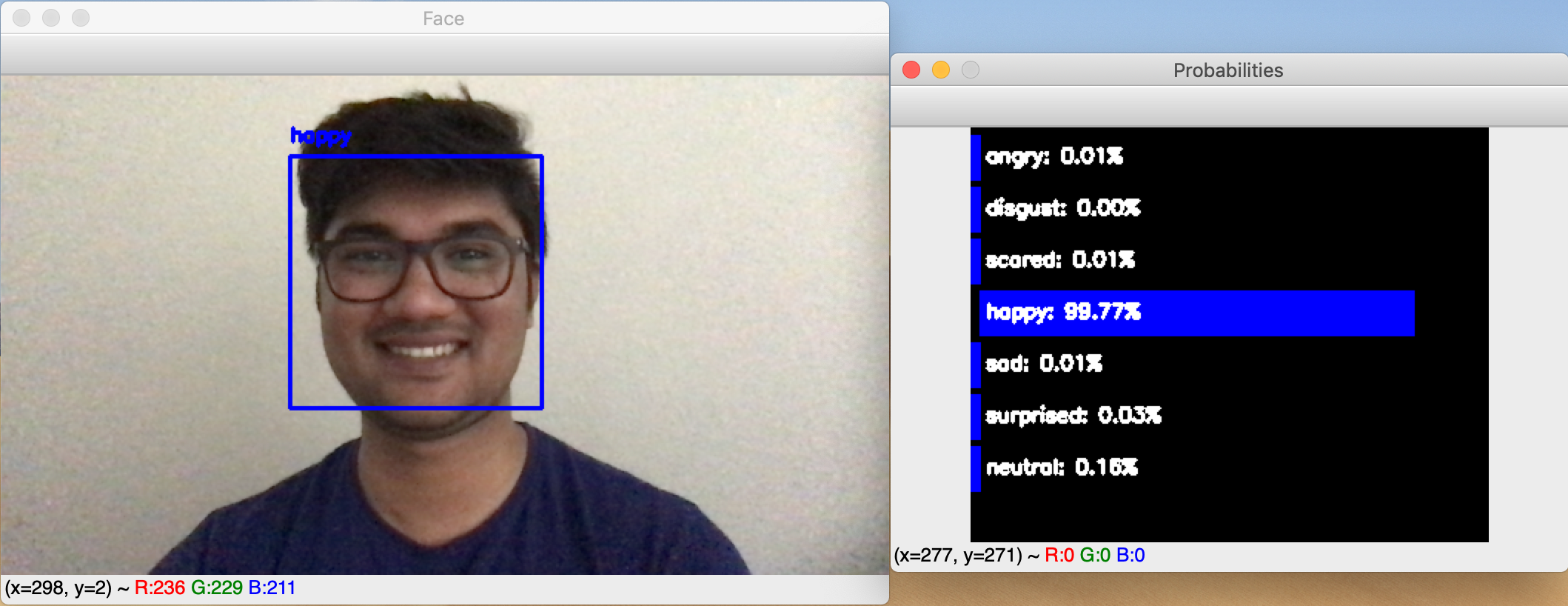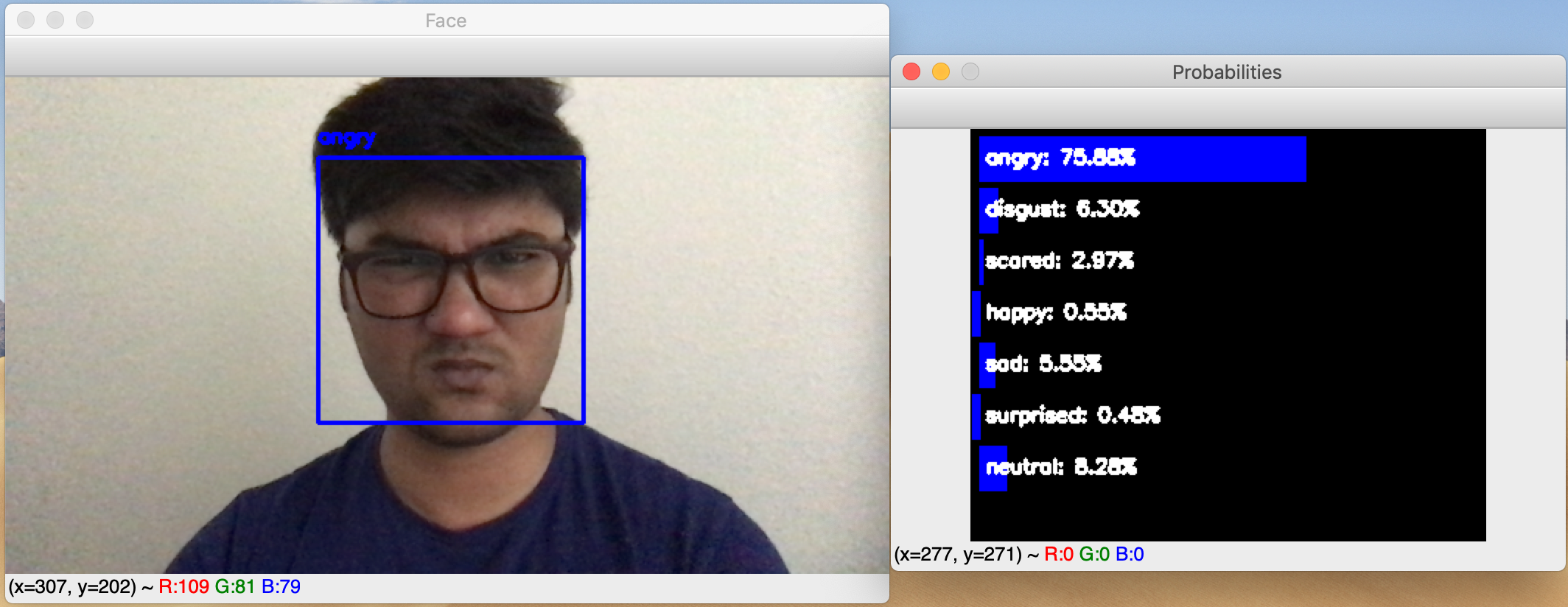Researchers at Texas State use machine learning to help children with autism identify facial expressions
Manuel Garcia | April 30, 2019

According to the Emotional Intelligence Academy, there are seven universal facial expressions humans possess: happiness, sadness, fear, disgust, anger, contempt and surprise. For individuals with autism spectrum disorder (ASD), it can be difficult to distinguish among these emotions during personal interactions.
A team of Texas State University researchers including Dr. Damian Valles, assistant professor at the Ingram School of Engineering; Dr. Maria Resendiz, associate professor for the College of Health Professions; and graduate student MD Inzamam Haque, is developing a mobile application to help children with ASD recognize facial expressions on a device screen allowing children to better interpret nonverbal cues in social settings.
Because of recent advances in facial recognition technology, Dr. Valles says they can help lessen the communication gap for children with autism. “I don’t think even five or ten years ago, we could have had this discussion based on the technology available.”
Using the app, parents and educators direct facial expressions towards the child, then the child can learn to identify those expressions by viewing outlines of a face indicating the emotion on the device screen.
By this summer, Dr. Valles hopes to have the app verified by Apple, and start the process of clinical trials for patients which will direct improvements that need to be made in the technology. Dr. Valles suggests that this new technology can also be used for airport security. By using facial recognition, authorities could one day identify potential threats based on nonverbal cues.


Share this article
For more information, contact University Communications:Jayme Blaschke, 512-245-2555 Sandy Pantlik, 512-245-2922 |